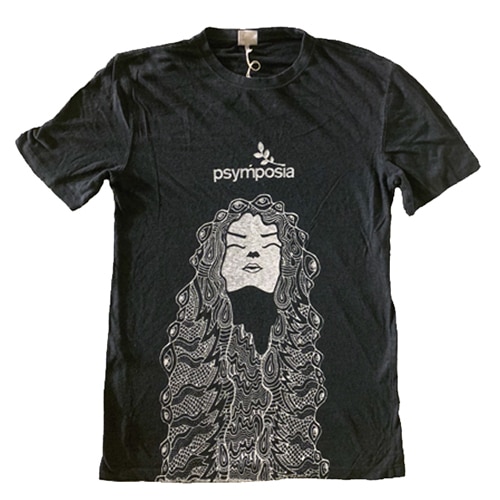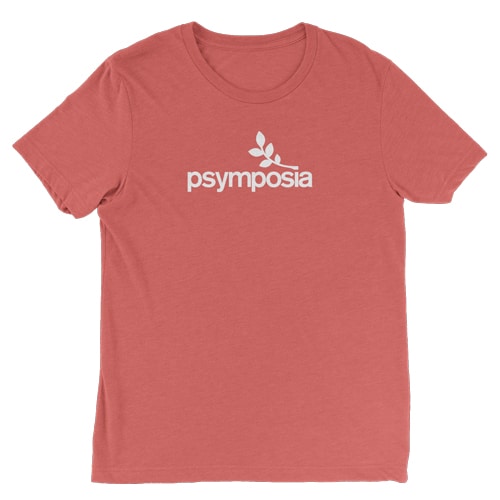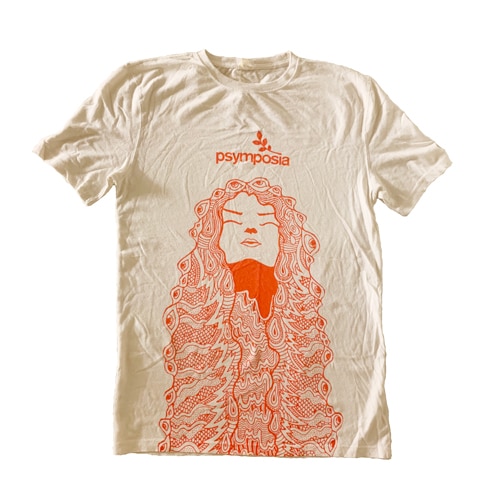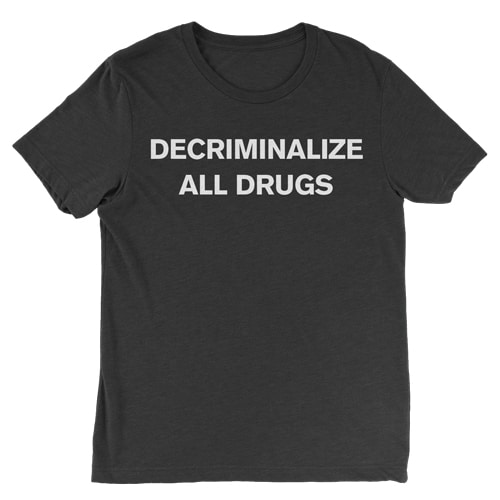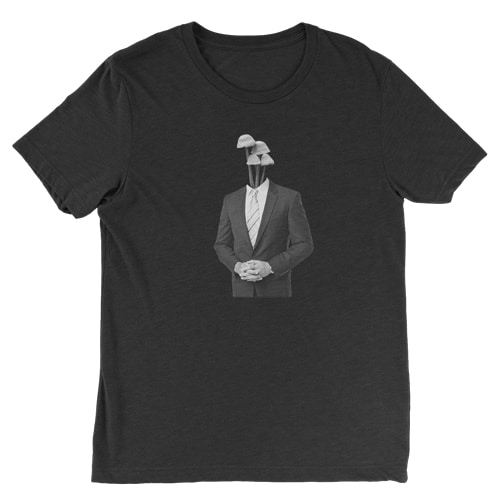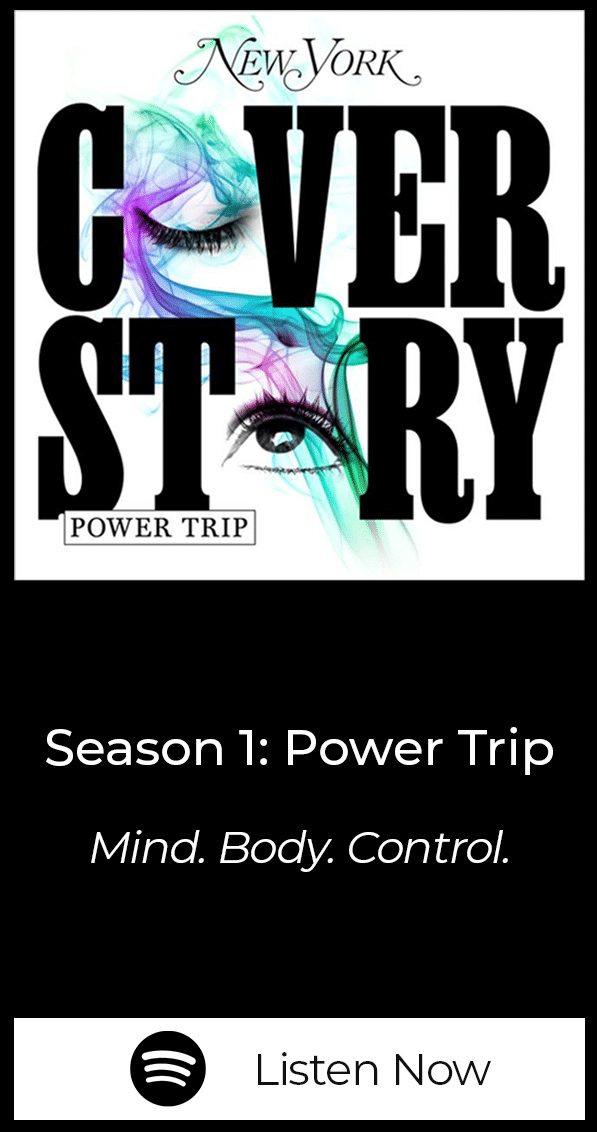Finding The Sweet Spot: At 62 I Had My First Dose Of Psilocybin At Johns Hopkins
A research program was seeking volunteers with a spiritual background to ingest a hallucinogen.
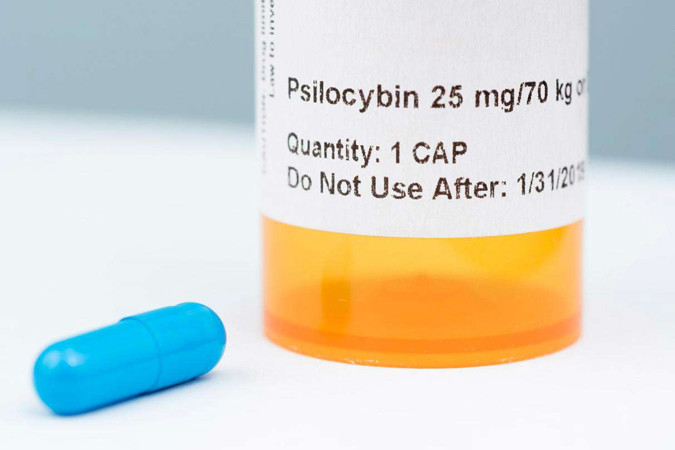
Psymposia is a 501(c)(3) nonprofit research and media organization that offers critical perspectives on drugs, politics, and culture. We rely on contributions from our readers and listeners. Your support is vital to sustaining Psymposia.
Support Psymposia’s independent journalism on Patreon and help us drive the Mystery Machine! We’re a bunch of meddling kids who are unmasking the latest shenanigans on the psychedelics beat.
One winter night after reading Aldous Huxley’s account of his psychedelic adventures with mescaline, I was amazed by and curious about the expansive possibilities offered by such substances. Many times I had wished for an opportunity to try them but was always too cautious to consider drugs without a guarantee of safety and supervision.
The very next day―what are the chances?―I noticed a small display ad in a Washington, D.C. lifestyle publication. A research program was seeking volunteers with a spiritual background to ingest a hallucinogen under professional guidance “in a pleasant, supportive setting.” The respected name of Johns Hopkins at the bottom of the ad was all the assurance I needed. I phoned their offices the next business day.
The staff believed that having a spiritual background might enable volunteers to better interpret the effects of psilocybin, a substance I’d never heard of. I felt that my formal education surely qualified me. After 12 years of strict Catholic school in rural Maryland, I spent four more years in an all-girls Catholic college with dress codes, assigned tables and head-counts at dinner, and mandatory theology classes. Eventually, after much soul-searching, I abandoned the restrictions of religion and continued my explorations with metaphysical readings and studies.
The staff was also looking for volunteers who were “hallucinogen-naïve.” I felt qualified there, too. In the protected sphere of my high school and college, drugs did not intrude. However, I admitted to the staff, on one occasion soon after graduation I did try a few puffs of marijuana, but was timid enough to quit the venture before I felt any effects. From time to time, I wondered about the worlds that hallucinogens might reveal, but I was too worried about the risks of impurities, overdoses, addiction, and physical damage to try them. I didn’t know where they were available and had no friends who took them.
The program was the second study with psilocybin conducted at Hopkins. The first study had provided a single high dose to 36 volunteers. This one would provide 18 volunteers with four varying doses of synthesized psilocybin administered double-blind and in random order, plus a placebo in one session. Volunteers would recline and wear an eye mask during the five all-day sessions while a carefully selected soundtrack was played.
I liked the researchers and was eager to meet their long list of qualifications. This included driving 95 miles to Baltimore many times for personal interviews, medical tests, written psychological questionnaires totaling 700 items, and the requirement to lose 20 pounds. I felt extremely fortunate to finally be accepted into the study. Eight months after I first began the application process and after four preparatory sessions, at the age of 62, I ingested my first dose of psilocybin under the supervision of two staff mentors I had come to trust, Dr. Matt Johnson and Mary Cosimano.
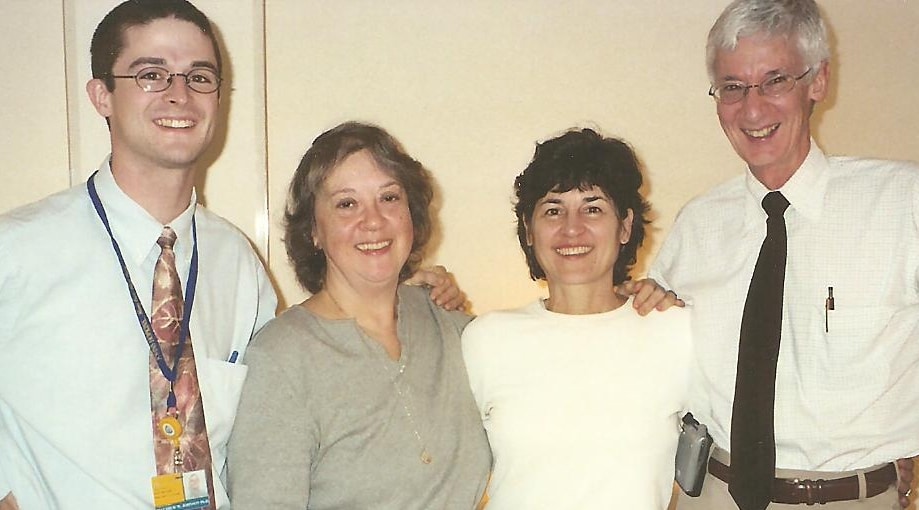
I soon regretted swallowing that capsule as a sinking blackness closed around me and I began to lose all sense of identity. I felt relentlessly battered, swept away on strong currents and violently shaken in a bottle of black ink, until eventually I completely lost touch with physical reality. Hours later, I fought my way back toward normative consciousness with the greatest difficulty, hardly able to process the overwhelming information from simply opening my eyes. I was so physically and emotionally upset that at first I doubted I could ever resume a normal life. My tears flowed, and spasms sometimes racked my body. It was several days before I felt stable enough to phone friends or go out to a store. I remembered that the principal investigator, Dr. Roland Griffiths, had warned that I might think I’d received a higher dose than I was able to handle.
At that point, as close as I had become to the staff and as privileged as I felt to be in the program, I seriously considered dropping out of the study. My hope had been for a transcendental spiritual experience, which I understood could be prompted by the entheogen, but instead I felt miserably banished to the other extreme. The staff was aware of my dilemma but did not try to influence my decision. After a few more weeks of recovery I realized this would probably be my only chance to approach those realms under safely controlled conditions, so I agreed to continue, with some extra time for recovery and additional preparation.
During my second session two months later, I traveled through many of the same landmarks―the darkness, the sensation of falling, the warping of scale, and the passage through complex flashing lights and symbols. After these phenomena abated, I sensed a suspenseful pause. Then light began to dawn, becoming stronger and brighter, until I realized I had indeed reached the divine state I had hoped for.
With my eyes closed, I was overwhelmed with glorious golden light suffused with color, prisms, and rainbows everywhere like a shining hologram. The Light itself was alive, a radiant consciousness of ultimate intelligence, perfect integrity, singularity and purity. The Light composed everything. It pervaded everything. Its presence was benevolent, calm, and intense. It was as if the Light were revealing to me the innermost workings of the universe. Without words, It informed me that It was the source of all physical manifestation and that each event and object had its purpose: “Everything is in My perfect keeping. With this as Cause, there can be no mistakes.” I knew it to be the substance of every particle in the microcosm and the overarching essence of the macrocosm. In that moment I intuitively understood how all things are being created continuously from Its emanation. Why, then, could we not see the Light permeating all of creation? How could the shining substance of all things be hidden? Later I recalled the classic explanation of the sages: the only possible answer is that our sense perceptions are an illusion.
The Presence asked, “Is there anything you want?” I could not imagine what “want” could mean, but since I had been plainly asked, I tried to focus to search for an answer. With some concentration I remembered that I had a human identity with a long list of desires, but I felt so removed from that personality, and I didn’t want to look away from the Light for even an instant. In the midst of this exceptional experience, there was only one answer: “No, there is nothing I want.” And yet, this was not the ultimate “Oneness” of the mystics. I was aware of observing this as a separated consciousness. The limitations to ultimate union were plainly mine, but the shared feelings of affection, yearning, and respect remained. The unspoken promise was that one day I would return with sufficient mastery to lay down my illusions, and the separation would be resolved. When this magical communion began to diminish after an hour or more, I knew its imprint would remain for all my life. As I told the staff, “I will always remember that it is possible.” My recovery from the session was gentle and peaceful.
Driving home from Baltimore after my mandatory follow-up the next day, I became aware of a blaze of inspiration and communication too strong to be dismissed. One message was, “Once the door is opened, it will never again be completely closed.” I was delighted with every aspect of this revelation and the personal transformation it promised. But soon enough it all began to fade – the psychic opening disappeared after a few days, then the deeper divine attunement after about two weeks – and I consoled myself with a favorite selection from the study’s music track, with tears streaming down my face.
The dose in the third psilocybin session a month later did not seem as strong but still provided a sense of expansion and interesting insights. The session a month after that was particularly valuable because it seemed to bridge the gap between my ordinary waking life and the altered state, providing a “space station” I could recognize if I ever managed to reestablish the connection on my own. There had been a coherence among all those sessions so that I felt assimilated in “the psilocybin reality,” though I suspected it would be different with other drugs. By the time the fifth session was scheduled, I was sure I’d had all four active doses and only the placebo remained. The staff went through all the setup protocols, but that day was just an easy, relaxing one for me, enjoying their company.
After the sessions for all 18 volunteers were complete, the researchers tabulated the data and published their findings in 2011 in The Journal of Psychopharmacology. Hopkins’ press releases stated that the researchers’ aim had been to find the “sweet spot” of dosage that would produce the most advantageous experience with little risk of actual harm for future therapeutic studies. Further, I learned the varying strength of doses had not been administered in random order after all, but assigned by the pharmacist in either ascending or descending order of intensity. I realized immediately that I was one of those who received the high dose first and the lowest dose last, and I was envious of volunteers who’d had the opposite order and could adjust gradually. The doses were 30 mg, 20 mg, 10 mg, and 5 mg (per 70 kg of body weight). I’ve been told that not all volunteers had a mystical experience; some had such an experience on the high dose, which had flattened me, as well as on lower doses. With the data gained from that study, Hopkins has gone on to conduct further studies with psilocybin to alleviate distress for cancer patients and to treat addictions.
September 2016 marked the ten-year anniversary of my first experience with psilocybin at Johns Hopkins, and a few months after that, my last. I am grateful to have had the opportunity to discover the range and power of entheogenic substances with such careful guidance. Without a doubt, the mystical experience occasioned by psilocybin remains the highlight of my life. My glimpse of enlightened awareness with psilocybin has given me a fulfilling vision against which to measure all things. But I am not eager to wander around again in strange and unsettling dimensions. It’s vast out there, and I have no maps, no tools, for grappling with it. I am now content to pursue personal development at my own pace, mostly through reading and introspection.
Months after completing the program, I had one final insight: this familiar physical world is every bit as remarkable and wondrous as the realms accessible with hallucinogens if we look at it with a fresh perspective. The Divine is here just as surely.
Hey! Before you go… Psymposia is a 501(c)(3) non-profit media organization that offers critical perspectives on drugs, politics, and culture. We strive to ask challenging questions, and we’re committed to independent reporting, critical analysis, and holding those who wield power accountable.
Our perspectives are informed by critical analysis of the systemic crises of capitalism that have directly contributed to the unmitigated growth of addiction, depression, suicide, and the unraveling of our social relations. The same economic elite and powerful corporate interests who have profited from causing these problems are now proposing “solutions”—solutions which both line their pockets and mask the necessity of structural change.
In order for us to keep unpacking these issues and informing our audience, we need your continuing support. You can sustain Psymposia by becoming a supporter for as little as $2 a month.
Maria Estevez
This story is adapted from Maria's book "One Kind of Knowing: Reports From a Hallucinogen Research Volunteer"
